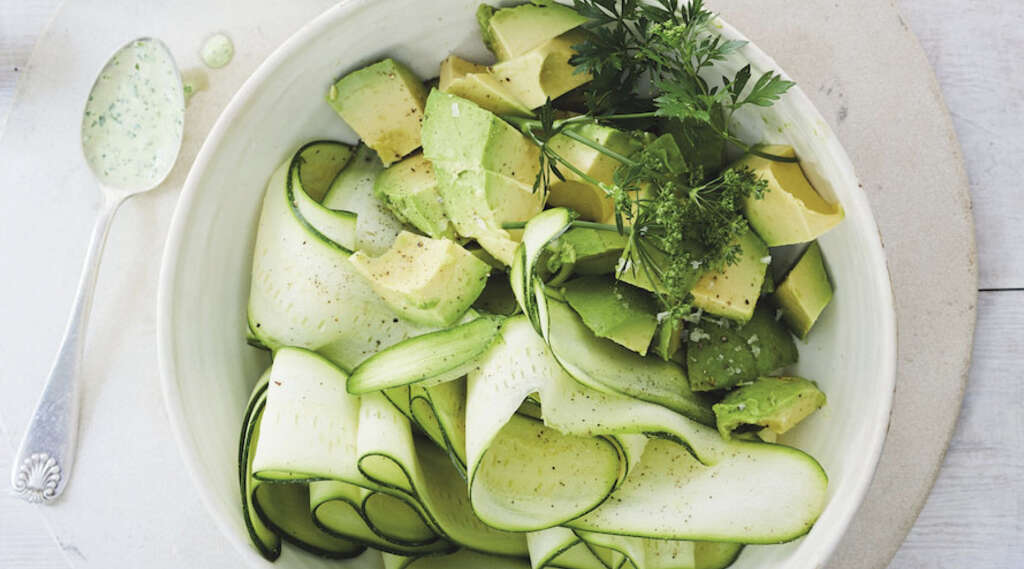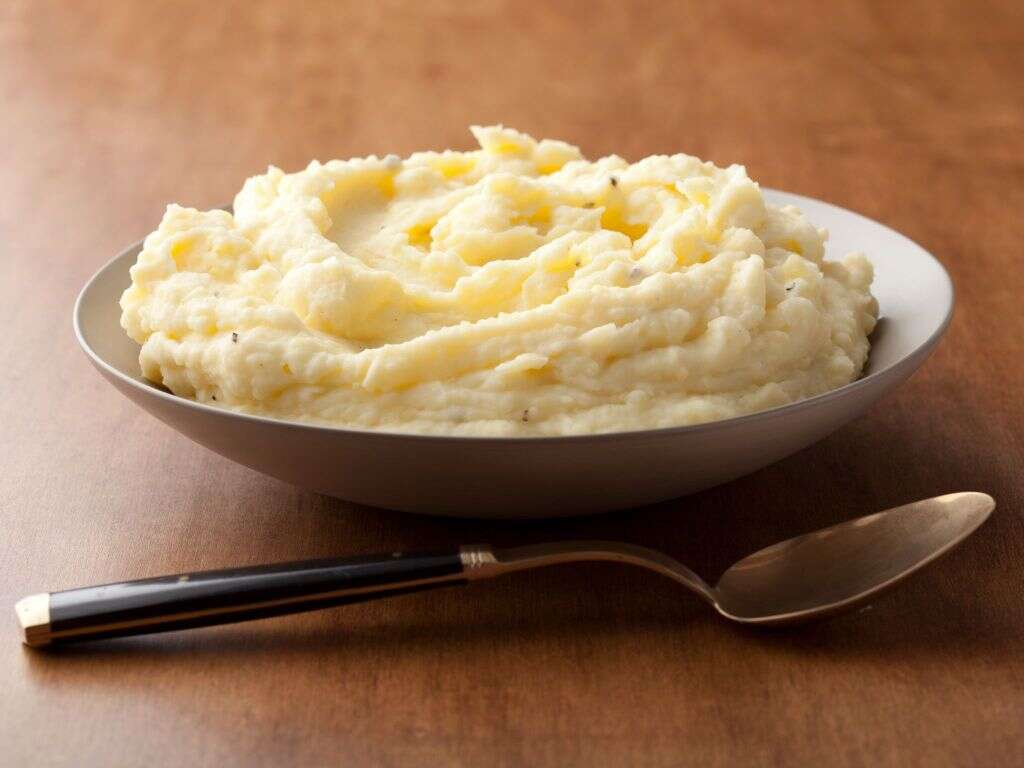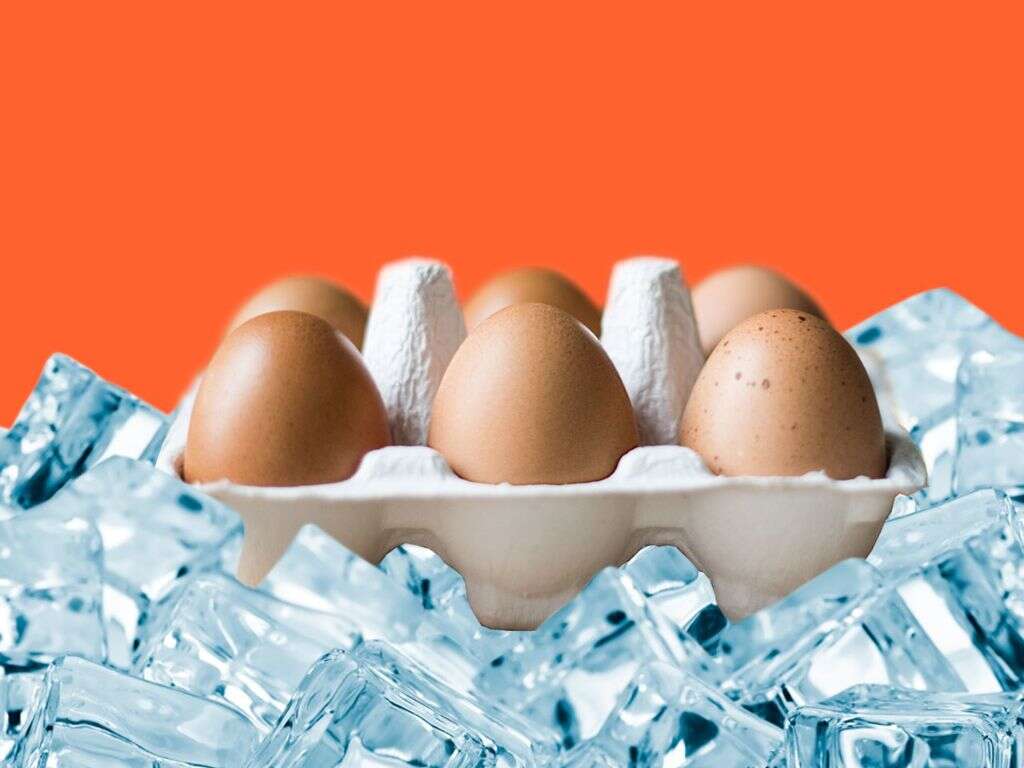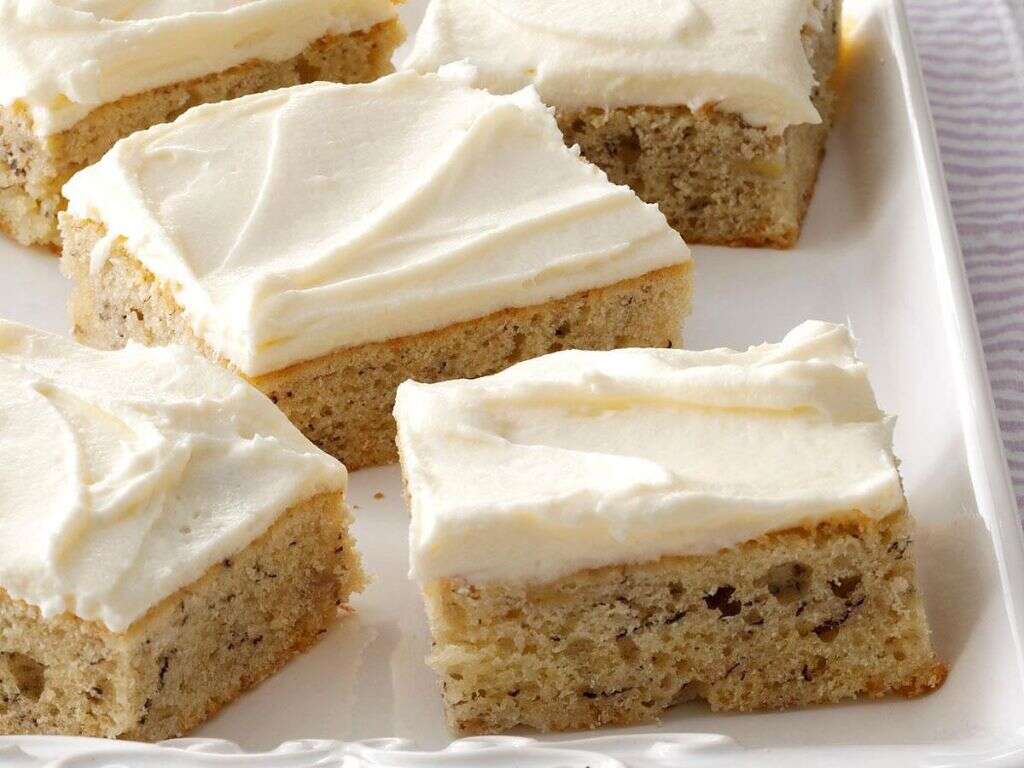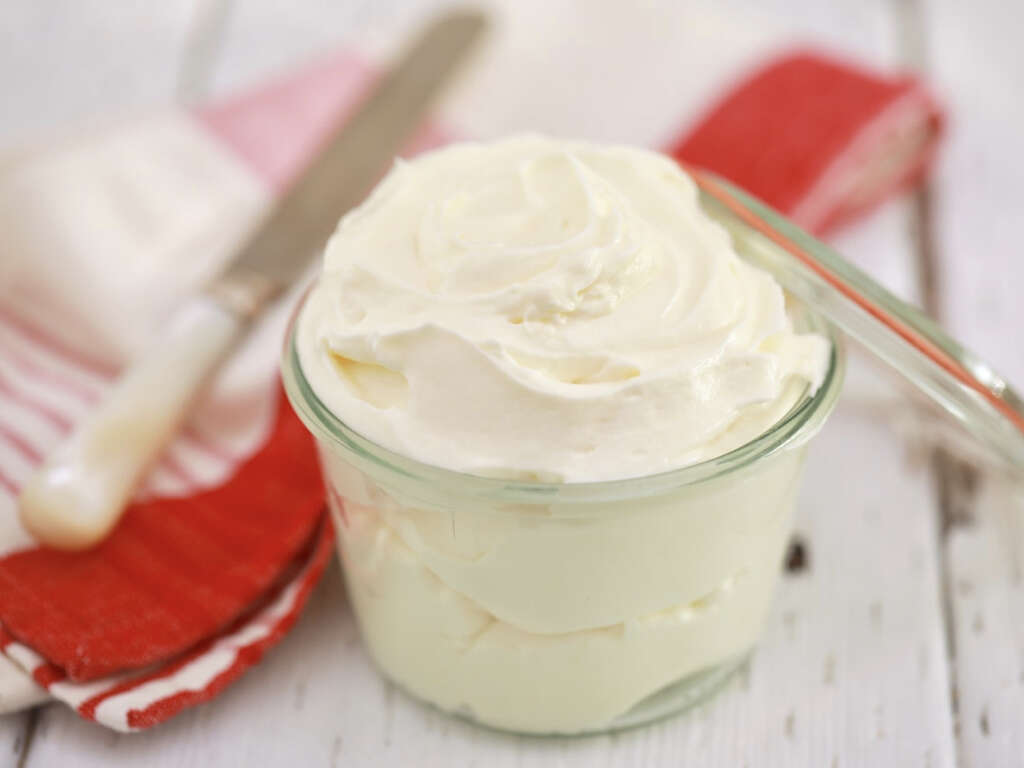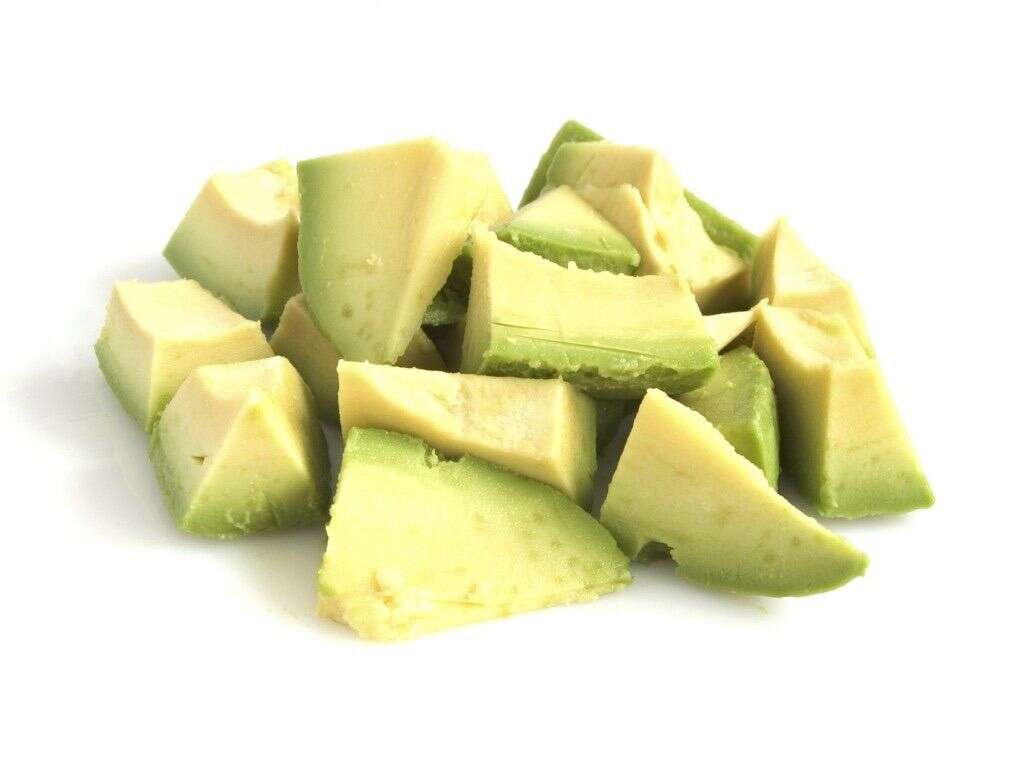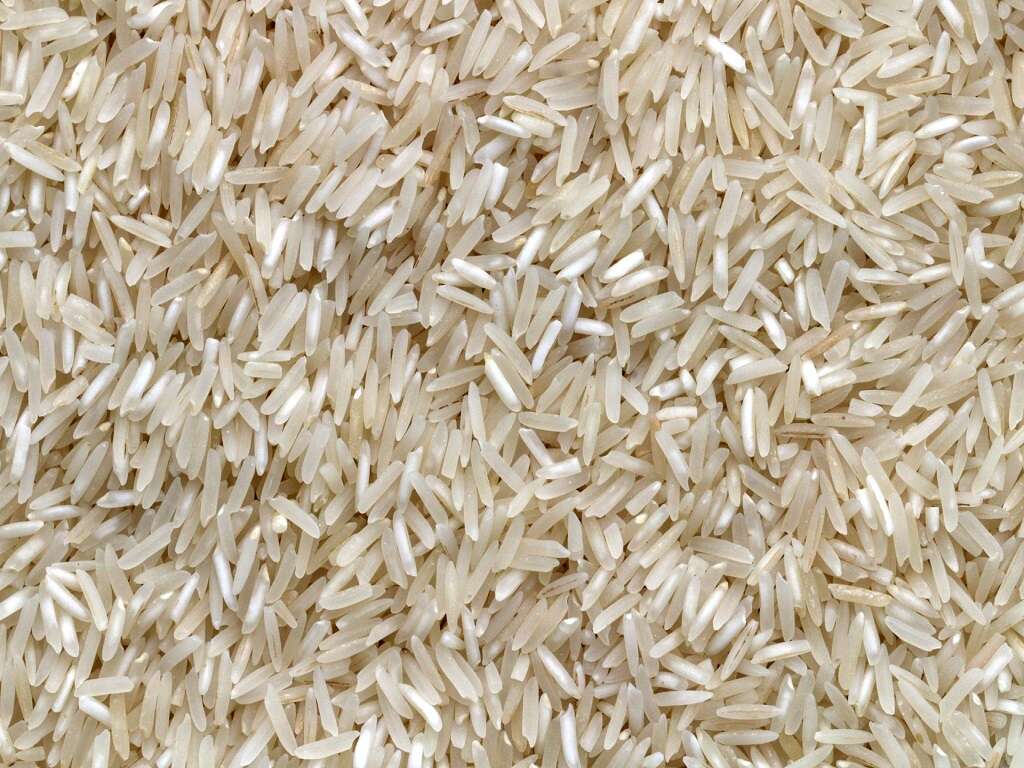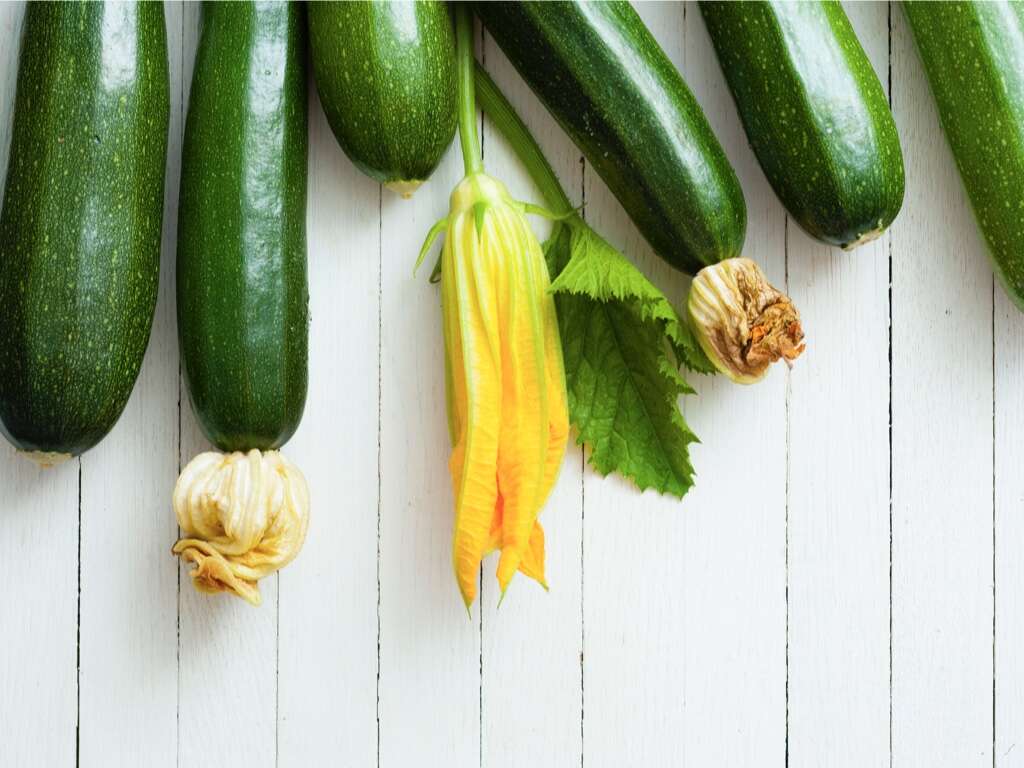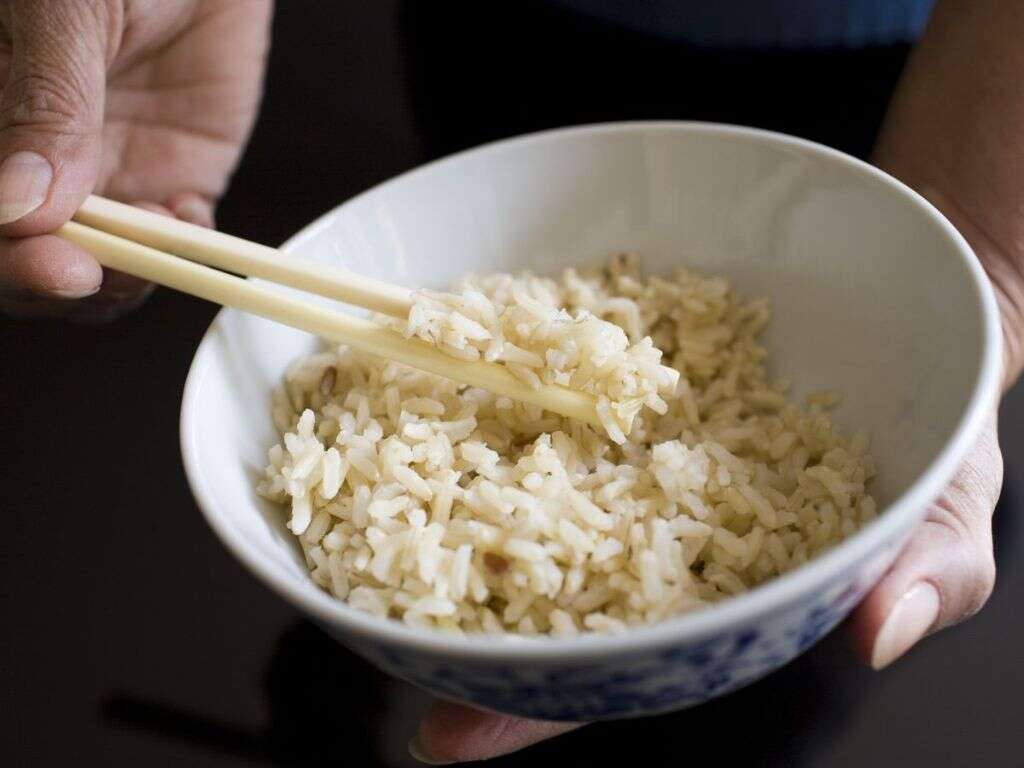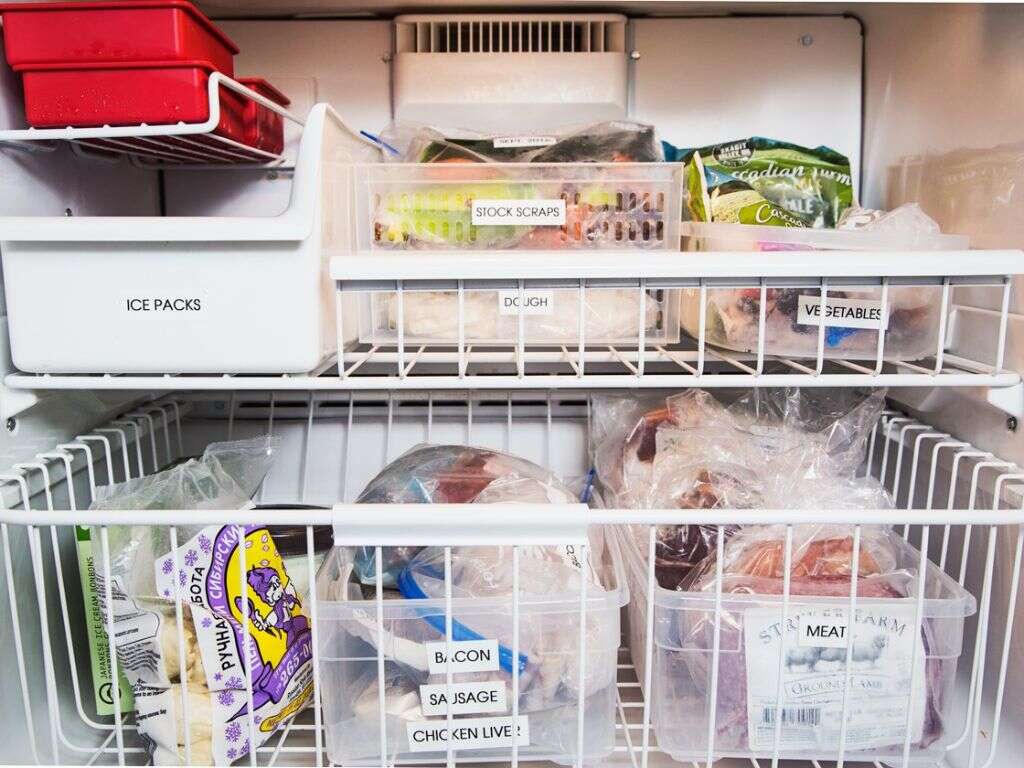Can You Freeze Zucchini?
Zucchini, also known as courgette, is a popular vegetable that many people grow in their own gardens. It is a type of summer squash that can reach as long as 1m in length, but it is usually harvested when young. It is suitable in a wide range of dishes, from fresh summer salads to hot soups and baked dishes.
Because zucchini is such a flexible vegetable, it is good to have around the home. It doesn’t last forever, though, so you will need to find a way to store it if you are not able to use it all in time. One way you can do this is by freezing it, and here’s a few ideas on how to get the best results.
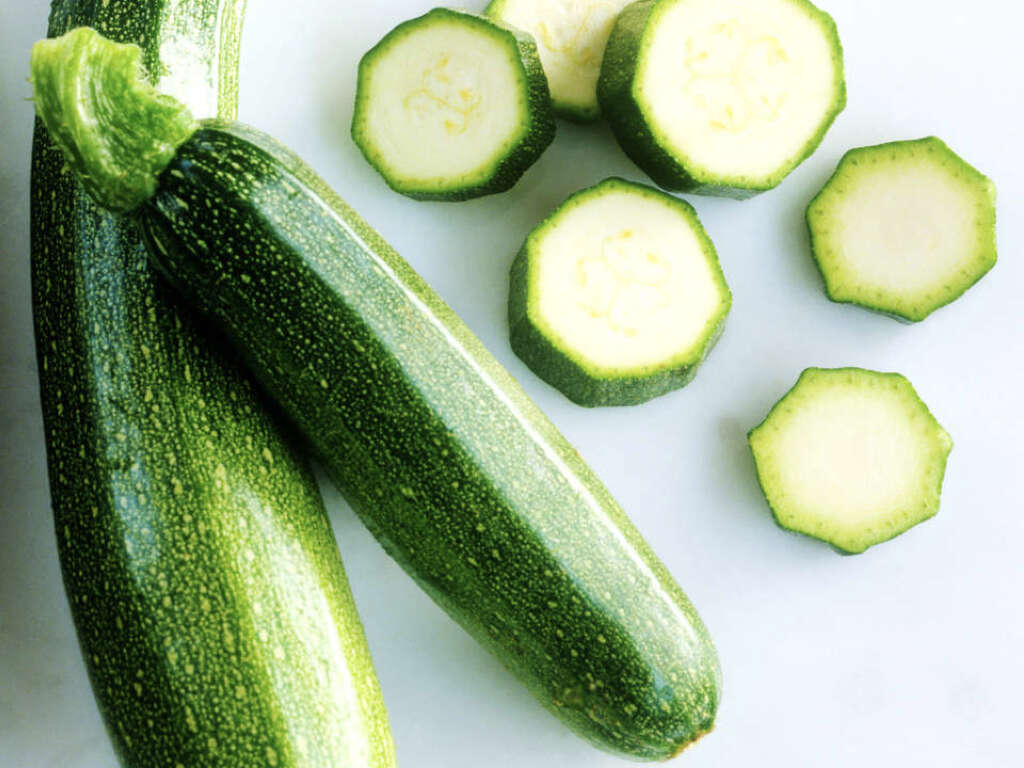
1. Blanch
Zucchini contains enzymes that, over time, will cause the vegetable to become discolored and softened. What’s more is that these enzymes can also cause the vegetable to decrease in nutritional value over time. Hence, when planning to store them for a long time, it is best to destroy these enzymes where possible.
This can be achieved by blanching, and this is a fairly simple process. First, slice the zucchini, and then place them into boiling water for around 45-60 seconds. Then, remove the zucchini and immediately place them into cold water. This should help them to keep longer, while also helping to keep them crispy.

2. No Salt
It is not uncommon for salt to be added to the water when blanching foods. This is because it can help to give them more flavor when served, but you should avoid doing this when it is zucchini that is being blanched. Don’t add any salt at all, just leave the water plain as it is.
Salt in the water will be absorbed by the zucchini. This salt can then begin to break down the walls of the zucchini’s cells, and this can cause the vegetable to become mushy. You can always add the salt later if you so wish, so there is no need to add it before putting blanched zucchinis into the freezer.

3. Freeze Individually
It is necessary to take into account that zucchini will clump together in the freezer if you don’t keep them separated. This will make it difficult when it comes to serving them because they will just form into one big lump. One way to prevent this from happening is to freeze the zucchini slices individually before putting them all into the freezer. To do this, lay your individual zucchini slices out on a baking sheet and place them in the freezer.
Once frozen, they can all be placed in a bag together and put in the freezer. This makes it easier for you to take out just the amount of zucchini you need, while having smaller individual pieces also makes thawing them out easier.

4. Freezer Bags
Once your zucchinis have been prepared, you should place them all into freezer bags before putting them in the freezer. Make sure you get bags that can be completely sealed to prevent air from getting into them. You should also make sure to leave as little air in the bags as possible before sealing them.
When you do put them into the freezer, make sure that you write a date on them because, if they are to be stored for a long time, it is easy to forget how long they have been frozen for. Zucchinis that have been frozen in this way should be used within 8 to 10 months.
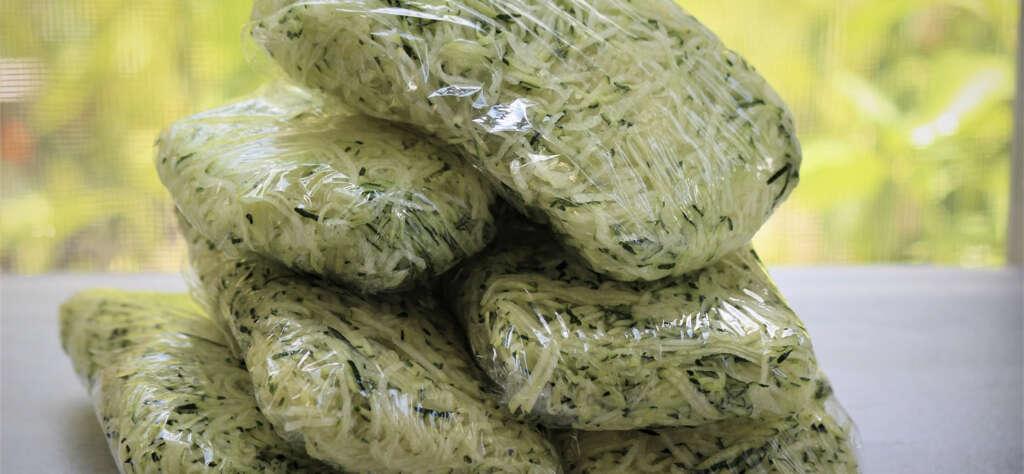
5. Whole Zucchinis
Slicing, blanching, and packing zucchinis in preparation for freezing can be a time-consuming affair, especially if there are a lot of the vegetables to be frozen. If you don’t have the time or just don’t feel like making the effort, you could try to just freeze them whole.
Zucchinis can be frozen just as they are, although you should put them into freezer bags first as this will help to prevent freezer burn. Bear in mind that you should only do this if you are expecting to use them within 2 months. This method does not give the best results, and the zucchinis are only likely to be suitable for limited dishes once thawed.
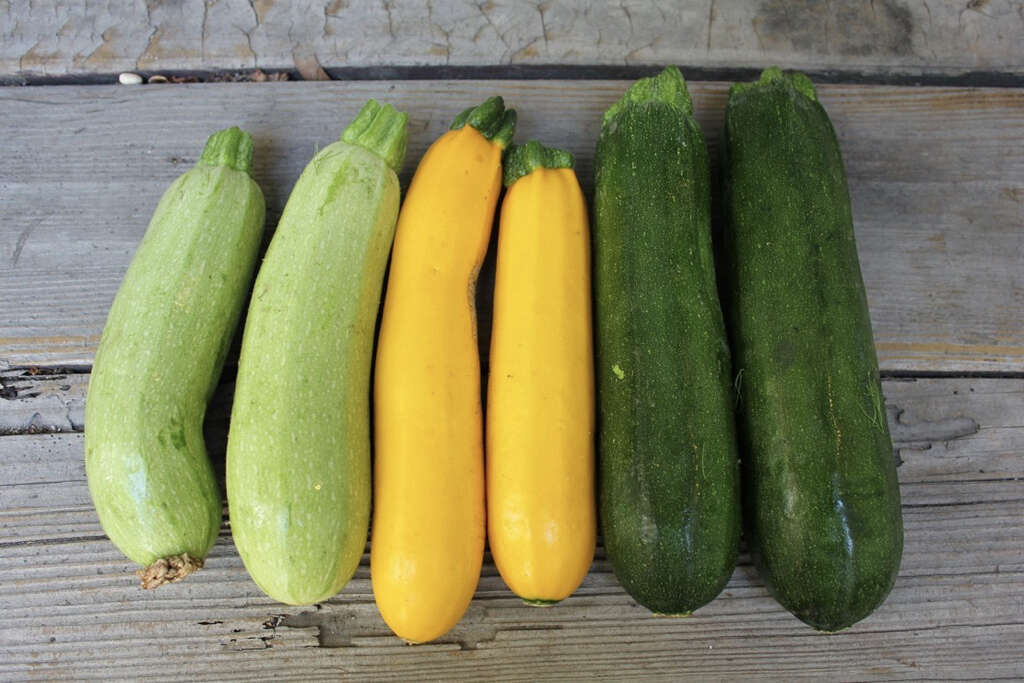
6. Zucchini Halves
Zucchinis can grow to be quite large, and this can be a problem for people without much space. You might also have half a zucchini left over and are wondering how you can keep it. The good news is that you are able to freeze it, and doing it properly will help ensure the best results.
For the right results, you should first place the zucchini halves on a baking sheet and flash freeze them. You should then place then into an appropriate container before putting them in the freezer. It is important that you put them into a container because this will help the zucchinis to keep their shape.

7. Shredded Zucchini
Shredded zucchini is very easy to prepare, and is great for salads and similar. Once you have prepared your food, however, you might find that you still have quite a lot of shredded zucchini left. It doesn’t have to go to waste because you can put it in the freezer to be used again later.
As is the case with other vegetables, shredded zucchini is going to clump together when it is frozen. This can make it difficult for you to take just what you need without having to defrost the rest as well. To avoid this, you can separate the zucchini into serving sized portions and keep them frozen in separate containers.
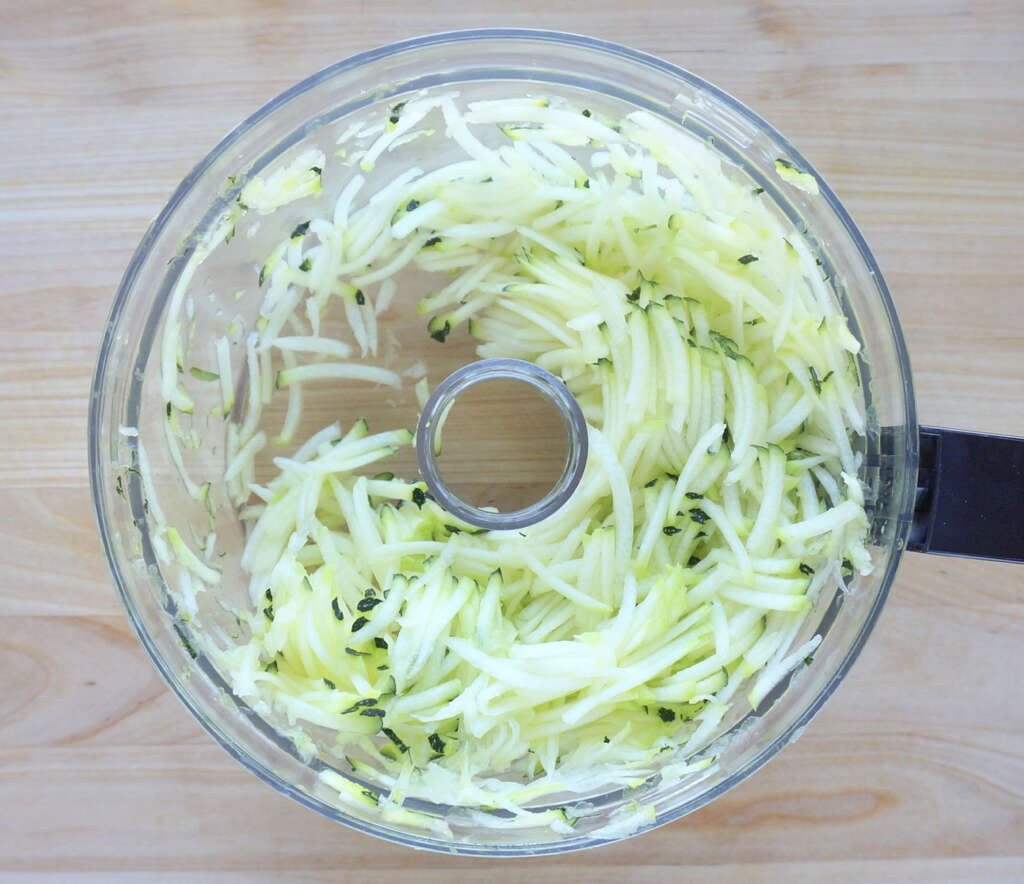
8. Zucchini Noodles
Rice and/or wheat pasta is quite delicious, but it is also high in carbs and, thus, not suitable for weight loss/low-carb diets. The good news is that more suitable alternatives are available, and this includes zucchini noodles, also known as zoodles. These have a similar appearance and texture to standard spaghetti.
It gets even better because after you have made your zoodles, you are able to freeze them for greater convenience. To do this, you should take your zoodles, salt them, and then drain them in a colander. Make sure to remove all excess liquid before placing them in a container.

9. Pureed Zucchini
Pureed zucchini is great for healthy smoothies and is also great for making sauces, soups, and baby food. If you don’t want to go through the hassle of preparing it every time you need some, you can make a large batch of pureed zucchini, and then store it in the freezer to be used when you need it.
Once your zucchini puree has been prepared, then you can place it directly into freezer bags. Remember to try and separate it into serving sized portions so that you can take just what you want when you need it. Make sure to thaw the puree thoroughly before using it.

10. Cooking
While it is true that zucchini can be frozen, it doesn’t remain just like it is when fresh. This means it is not ideal for using in salads and similar dishes, but that does not mean to say that it doesn’t still have its uses. There are numerous dishes in which frozen zucchini works just perfectly.
Frozen zucchini is just right for casseroles, soups, and sauces. What makes it even better is that if you are going to use it in soups and similar, it is not even necessary to thaw it out first, just put it in straight from the freezer.
